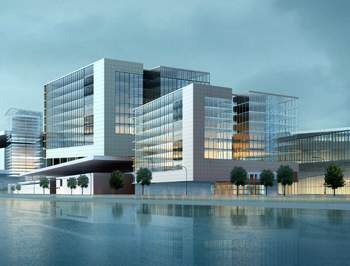 Premiair Automation & Controls is a mechanical electrical and controls system integrator that provides a wide variety of electrical and related services to manufacturing facilities and commercial buildings across Australia.
Premiair Automation & Controls is a mechanical electrical and controls system integrator that provides a wide variety of electrical and related services to manufacturing facilities and commercial buildings across Australia.
Premiair Automation & Controls provides customer with controls for lighting, heating, ventilation, and air conditioning, security systems, fire alarm systems, and energy management solutions. We have the technology capable of controlling simple machines through to complex process control applications across all industrial, infrastructure and building sectors. We take pride in the high level of service and wealth of knowledge we offer our customers, applying sensing and control expertise that helps create reliable, cost- effective, safer, comfortable, more secure and more productive environments.
We bundle this with mechanical electrical design & construct to provide our clients with an outstanding mechnical electrical and controls services.
We offer 24 hours, 7 days a week service
History
Premiair Automation & Controls specializes in industrial and commercial air conditioning, refrigeration, mechanical systems including mechanical electrical and controls.
Premiair automation and controls has rapidly expanded due to our quality services and products. By seemlessly connecting mechanical electrical and controls to a high standard it is fast becoming evident that the end users are the real beneficeries with ongoing costs reduced and buildings becoming smarter.
